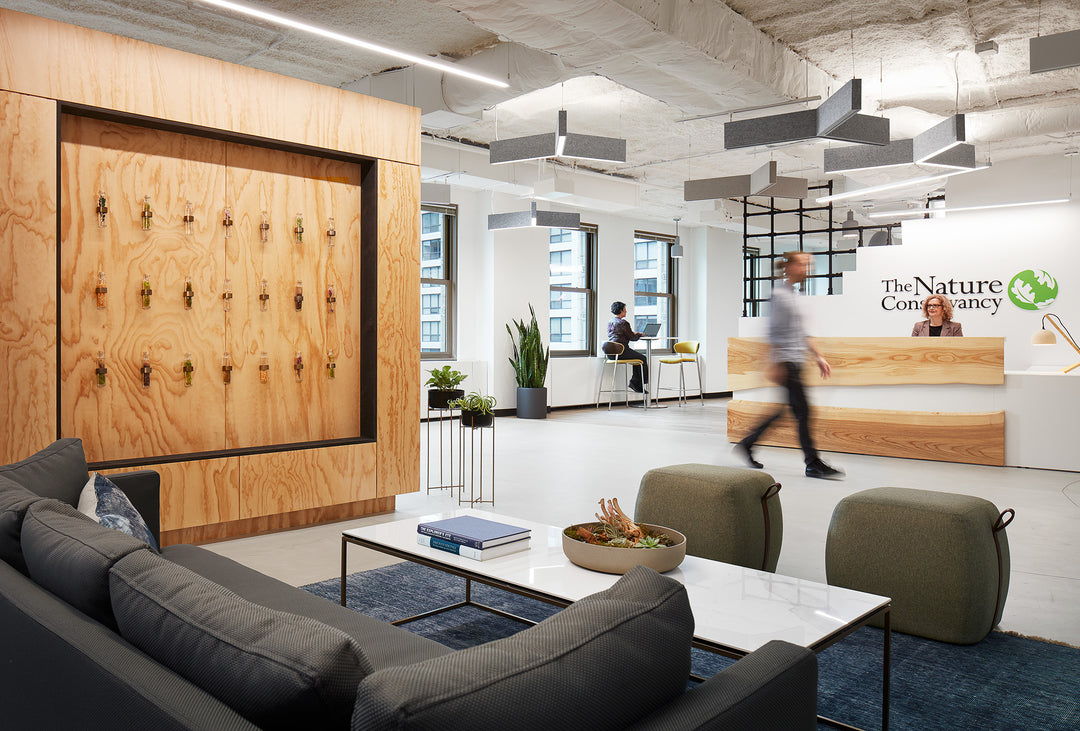How to Plan a Successful Office Renovation
There are dozens of reasons to change your office, but the reasons don’t matter—only the execution of the redesign. It is important to have the renovation come off without a hitch. It needs to be fast, efficient, smooth, and disrupt the day-to-day as little as possible. If you are moving into a new space, then there shouldn’t be any disruption of business. It’s when you are changing the existing space you can run into problems. Renovating your offices is a good thing, though. It’s good for the morale of the team. It’s good to stay fresh. It’s good to show your customers and competition that your company is fluid, dynamic, and evolving. Stagnating and keeping tired, worn-out furniture and décor send the wrong message. To that end, we have some tips ohow to plan a successful office renovation.
Come up With a Strategy
Just like going into battle, there can be no victory without a plan. Before you do anything else, come up with a plan of attack. The plan is fluid and changeable, but you need a basic framework of how you are going to complete this task. Don’t call anyone, don’t consult anyone, and don’t share your plan before you devise a strategy. List out the steps: what needs to happen before the next thing can happen and so on. Get organized and stick to the plan so that things don’t get out of hand—because they can, and will, fast.
Set the Budget High and Walk It Back
Money doesn’t grow on trees. Set a budget for the renovation and set it high. Start by dreaming of everything that you and the team might want to see in the new office. Think about those brand-new desks and ergonomic chairs, new artwork on the walls, new conference room tables—the whole shot. Once you set the budget, start to walk it back during the project. Think of it as an exercise in fiscal responsibility. It’s good practice for saving the company money. Even if you can afford to spend a lot, that doesn’t mean you have to. When you come in under budget, use some of that extra cash to have a grand opening with the team.
Bring on a Designer
Unless you are in the business of interior design, hire someone else to help plan out the space. You are a leader in your field, an innovator at the top of your game, but you aren’t an interior designer. Titans of business aren’t usually known for their keen eye for color and organic flow in a room, but designers have an entirely different skill set that makes them great at what they do. An experienced designer can show you things you didn’t consider or even dream of. They know what looks good, what doesn’t, what’s trendy, and what’s done. They can help incorporate your brand into the office, improve the lighting, and make it look more welcoming for visitors and employees alike.
Start Shopping Contractors
After consulting with a designer, or coming up with your own plan, it’s time to find someone to do the work. The scope of the project will determine how many and what kind of tradesmen you need. A painter and electrician might be enough for what you want, but if you are going for a full renovation, you’ll need more. You could go with a general contractor that can handle everything you need and act as a superintendent for the job. They will bring in their own contractors and team and manage all the work and people. No matter what you need, shop around and get plenty of quotes. This is still business, after all, so never take the first price. There are lots of people out there that do great work for a good price, so get out and find them.
Put a Design on Paper
Don’t leave anything to chance during the build. Get everything you want to be done down on paper. After consulting with the design team and contractors, draw it up. Create mockups of what the final product will look like, along with lists of materials. List out all the materials you will need for the entire project. These are real costs and are quantifiable, so this is the first chance to come in under budget. List-making ensures that the contractor knows what he needs. The design layout makes sure that everyone knows what color and what fixture goes where. A clear and defined design and layout sets the expectations and eliminates costly errors.
Start Sourcing Furniture
Once the project is finalized and everyone knows what needs to happen, start sourcing furniture. Along with the designer, start picking out furniture for the new space. The furniture should complement the space and blend into it seamlessly. Plan out what kind of workstations you want to have. Give your team a few different styles of workstations so they can select what works best for them. This is another opportunity to come in under budget, too. New or used, there are lots of companies selling office furniture, so take all the time you need to find what you want at the right price. The last thing you want to do, though, is pay for this amazing renovation and then buy bargain basement furniture with no personality that everyone hates. Make sure it fits your brand and new offices.
Set a Realistic Schedule
Even if you are renovating a new space that doesn’t interfere with operations, you don’t want this to take longer than necessary. Sit down with the design team and contractors, and set a realistic schedule for completion. If it will be business as usual during construction, then the faster the better. Make sure to let each trade get in there and work at their pace so they can do the job right and not have to come back to complete a five-page punch list. Rushing through the stages of the build will only lead to problems, so make the schedule realistic. Then, once it is set, keep everyone on schedule so you meet the target date and operations can continue without interruption.
Rework Office Furniture has everything from reception and ergonomic desks to used stackable chairs for sale. Contact us today so we can help refurbish your office.





